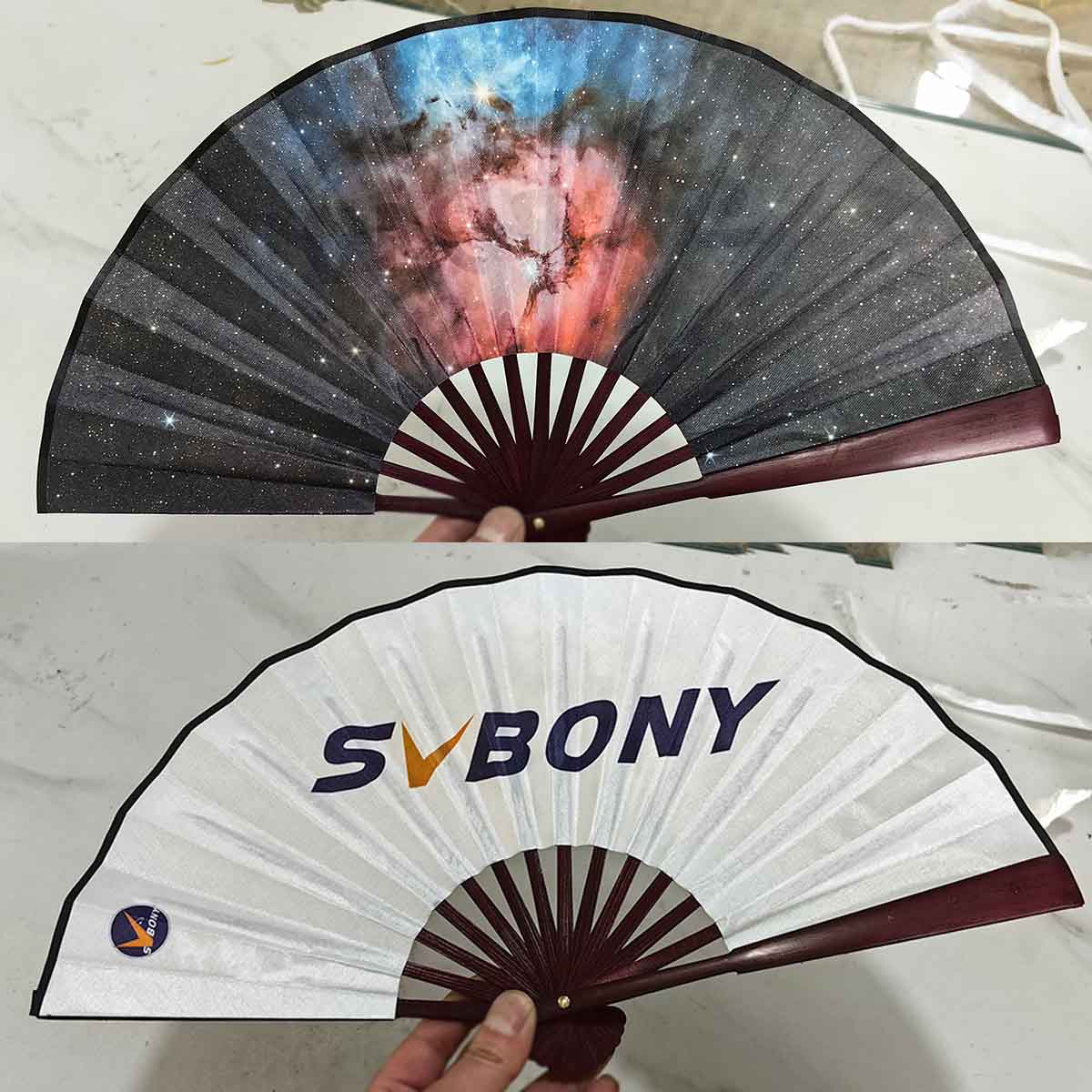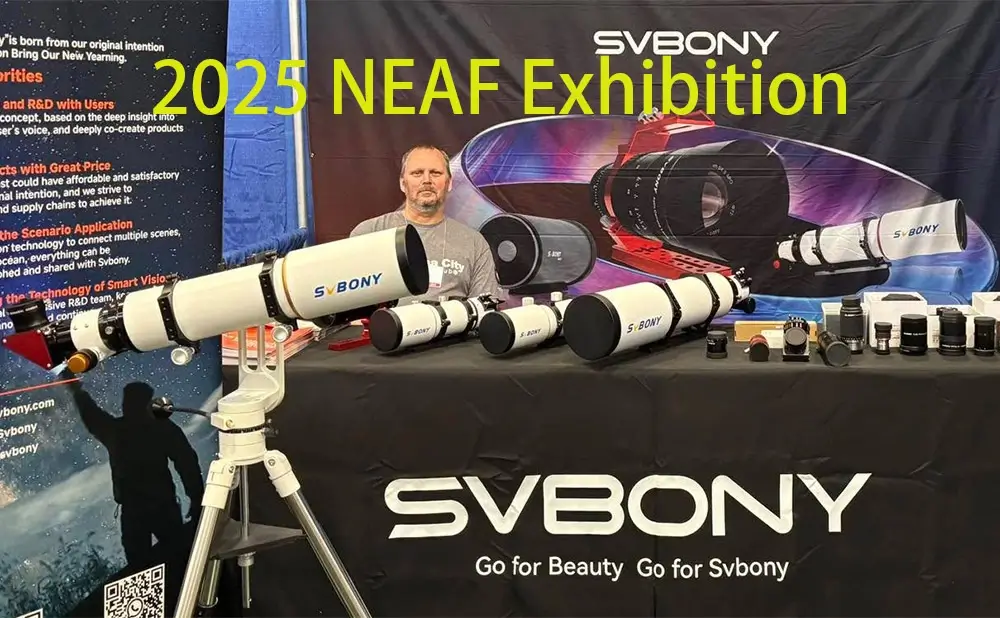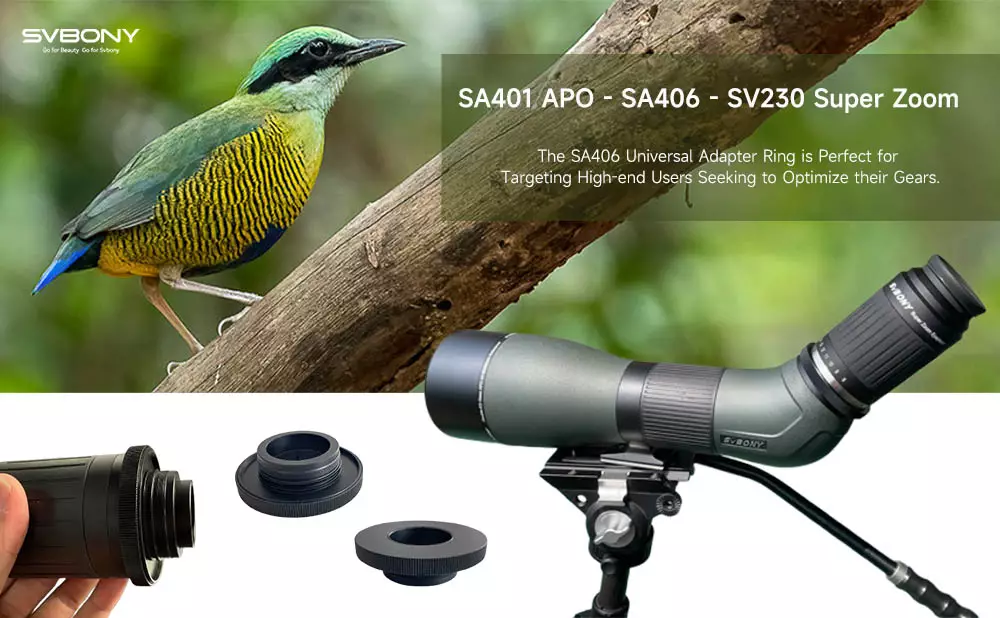Polar Alignment in Astrophotography: Essential Steps and Importance
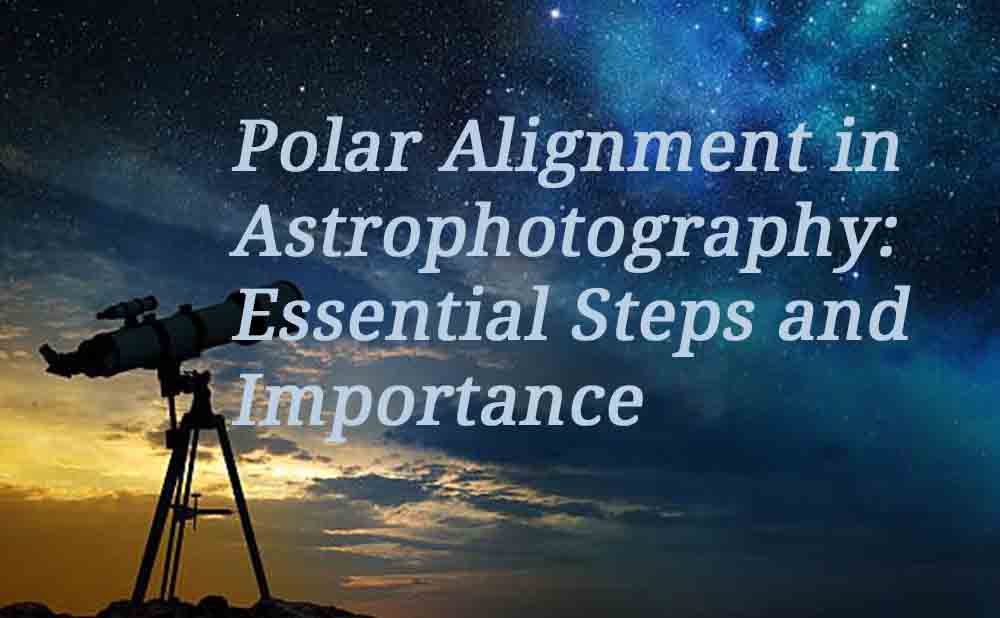
Polar Alignment in Astrophotography: Essential Steps and Importance
In the field of astrophotography, polar alignment is a crucial step that ensures our telescope can accurately track celestial objects and avoid star trails in our images. In this blog post, we will delve into the concept of polar alignment in astrophotography, including its fundamental principles, operational methods, and why it plays such a significant role in the quality of our photographic results.
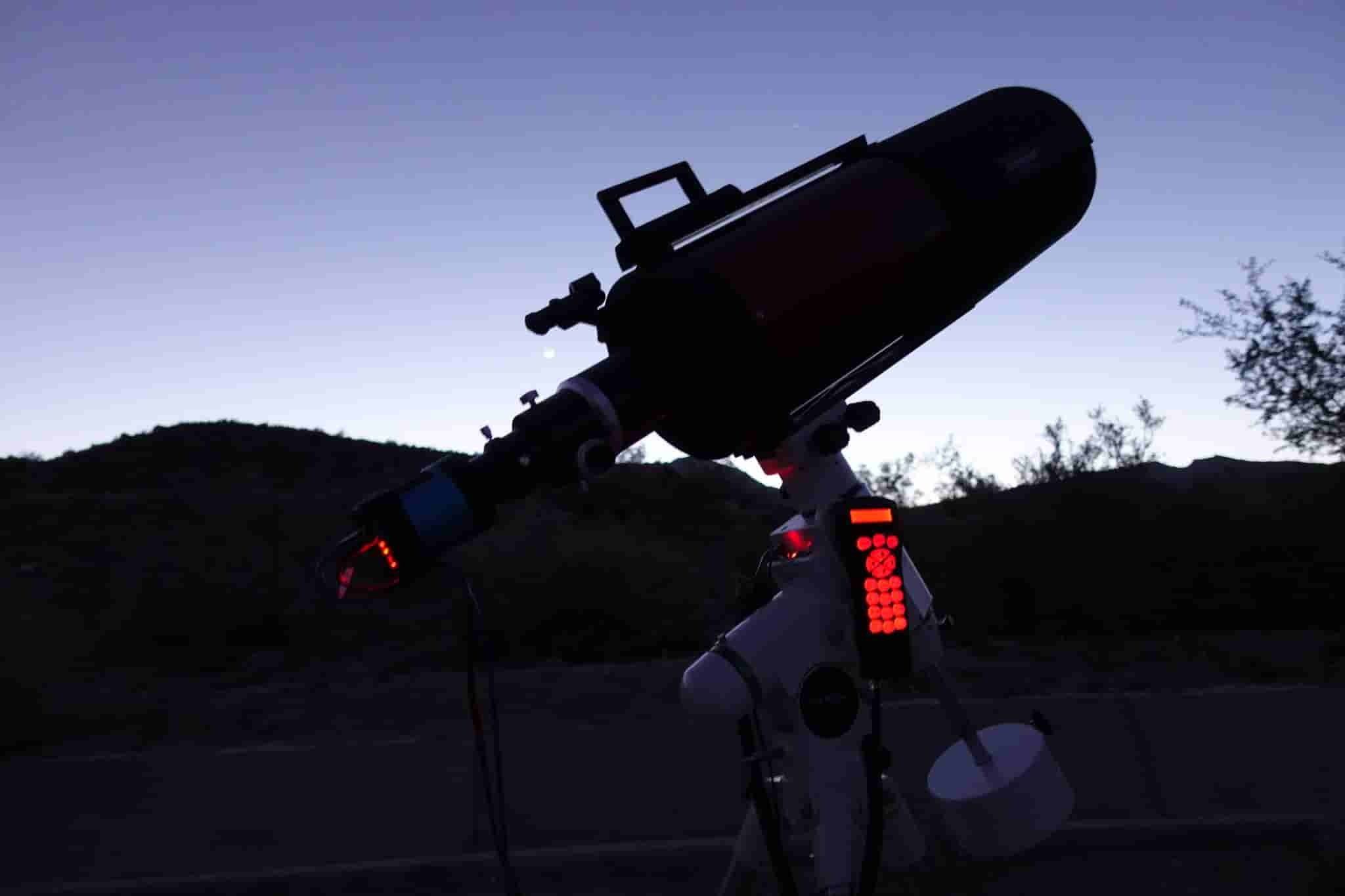
1. The Basics of Polar Alignment
Equatorial telescopes align their rotation axis with the Earth's axis of rotation through polar alignment. This means that precise tracking only requires adjustments in the Right Ascension (RA) direction, without needing simultaneous corrections in the Declination (DEC) direction. As a result, the telescope's tracking becomes smoother, and stars in the images remain sharp without noticeable motion trails.
2. Steps for Polar Alignment
Locate the North or South Celestial Pole: Depending on your geographical location, determine whether your telescope should align with the North Celestial Pole or the South Celestial Pole.
Adjust telescope altitude and set the Right Ascension value: Based on your local latitude and time, adjust the telescope's altitude and set the appropriate Right Ascension value to match the position of your target star system or celestial object.
Fine-tune using a polar scope or electronic aids: Make precise adjustments by observing indicators on a polar scope or using electronic aids to align the telescope's rotational axis perfectly with the Earth's axis of rotation.
3. The Importance of Polar Alignment
Reducing autoguiding errors: Proper polar alignment minimizes the workload on the autoguiding system, allowing it to make smaller adjustments rather than large-scale corrections. This helps maintain image stability and clarity.
Avoiding star trails: Incorrect polar alignment leads to visible star trailing in images, resulting in blurred and less desirable photographs.
Enhancing plate solving accuracy: Plate solving is a technique used to precisely locate astronomical targets. However, if the polar alignment is inaccurate, plate solving may fail or provide incorrect results.
Conclusion:
Polar alignment in astrophotography is a fundamental and critical step. It ensures our telescope can accurately track celestial objects, avoids star trails, and improves plate solving accuracy. By correctly performing polar alignment, we can achieve stable, clear, and satisfying astrophotography results. Whether you're a beginner or an experienced photographer, it is essential to prioritize and master this fundamental technique for outstanding photographic achievements.
Off topic:
At the end of this blog, I would like to introduce to you the souvenir of this summer sales season - the traditional Chinese folding fan.
The Chinese folding fan originated in ancient times and can be traced back thousands of years. It is a collapsible fan with a base made of bamboo or a frame covered with silk, paper, or other materials.
The fan is made of Chinese silk, the handle is made of Chinese bamboo. Thanks to our friend Philipe Lopes for the image permission.
Gear up for an exhilarating summer experience at SVBONY's Summer Sale: July 1st - July 31st. Unleash the excitement with unbeatable deals and claim your exclusive gifts today! >> Act Now and Don't Miss Out!
https://www.svbony.com/blog/summer-sale-2024-discover-amazing-offers-from-svbony-/



